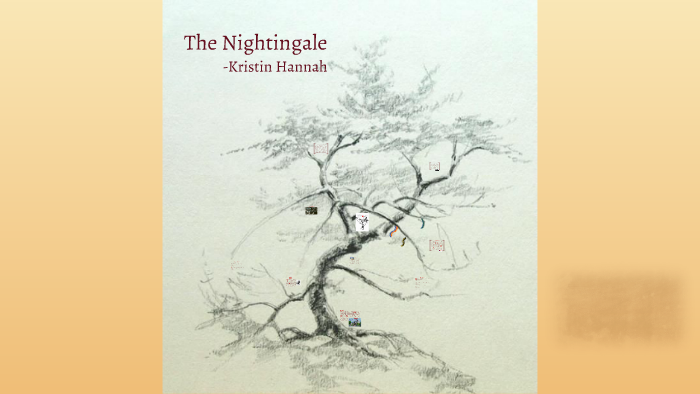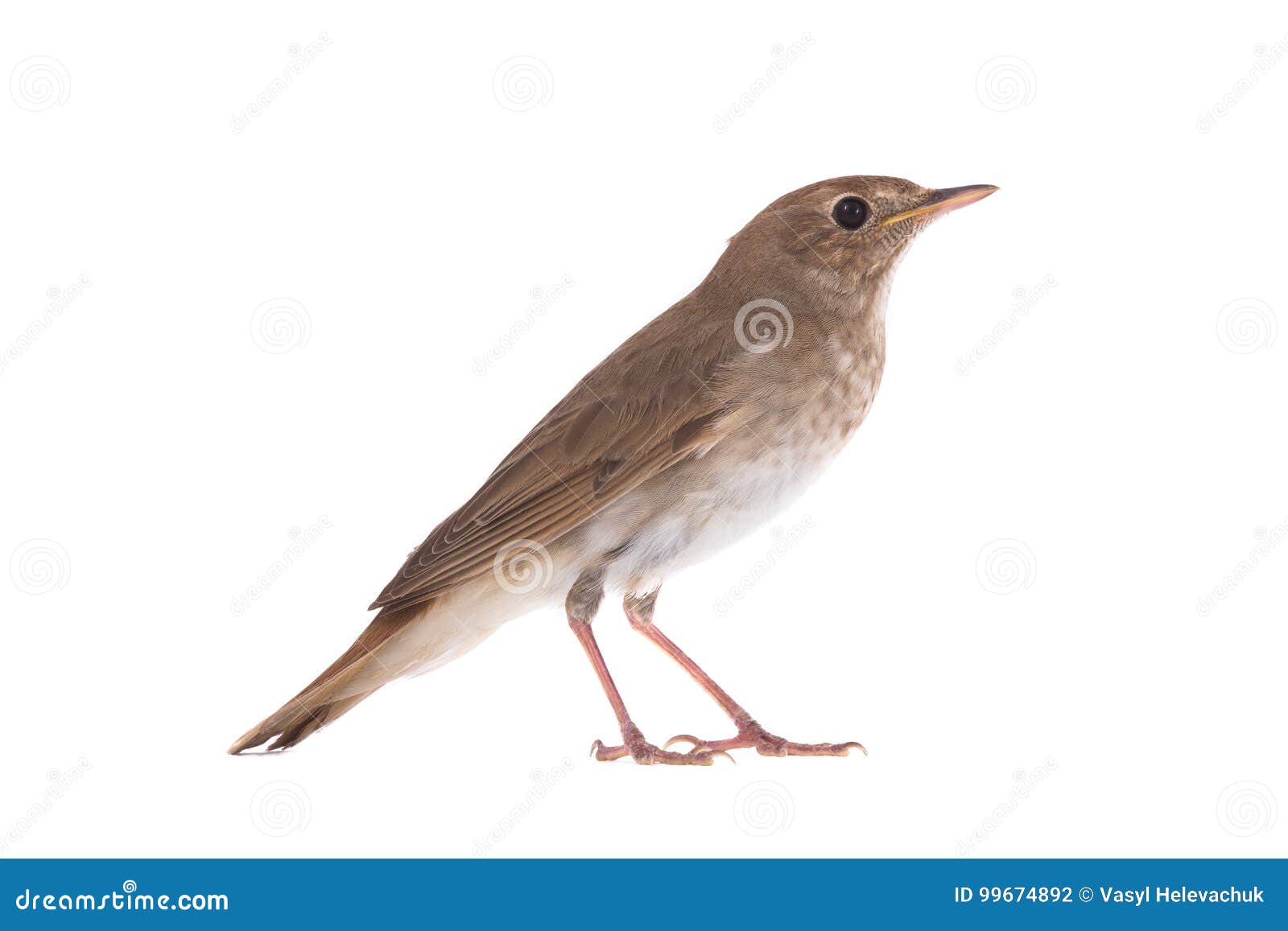

He is the author of, among others, The Secret Library: A Book-Lovers’ Journey Through Curiosities of History and The Great War, The Waste Land and the Modernist Long Poem.“The Nightingale” is Isabelle Rossignol’s code name, which symbolizes her fundamental spiritual purity. The author of this article, Dr Oliver Tearle, is a literary critic and lecturer in English at Loughborough University.
NIGHTINGALE SYMBOLISM SERIES
In a sense, then, what we get in ‘Ode to a Nightingale’ is a series of mini-sonnets or curtailed sonnets, woven together into a longer meditation or ode. The rhyme scheme for ‘Ode to a Nightingale’, ababcdecde is Keats enjoying the best of both worlds, almost offering a truncated mash-up or cut-and-shut of the Shakespearean sonnet (that abab opening quatrain and the sestet which often concludes a Petrarchan sonnet, cdecde).

Agnes’ (and which Shelley adapted for his ‘ Stanzas Written in Dejection, Near Naples’) and the longer sonnet, whose ‘pouncing rhymes’ Keats disliked. Poetry is a better way of leaving behind the troubles of the real world and joining the nightingale in its flight, because human imagination is as boundless as the flight of the bird (although Keats, in self-effacing mode, is quick to acknowledge the limitations of his own ‘dull brain’).įor ‘Ode to a Nightingale’, John Keats devised a new stanza form: a ten-line form that falls between the nine-line Spenserian stanza he’d used in ‘The Eve of St. In the end, Keats leaves behind the references to intoxication – which have been gradually getting weaker, from deadly hemlock to addictive opium to the safer ‘poison’ of alcohol, wine – and replaces them with ‘poesy’: i.e. And like an addictive drug (opium, for instance, the one Keats mentions) the nightingale’s song is seductive enough to prove deadly, inspiring longings for suicide in the poet.Īnd indeed, the contrast between mortality and immortality, between the real world and the enchanted world the nightingale’s song seems to open a window onto (like one of those magic casements Keats refers to), is a key one for the poem. The fact that the nightingale’s song induces a feeling of exquisite happiness in the poet cannot be separated from the fact that there is also something druglike – indeed, toxic – about its influence. Right from the beginning of ‘Ode to a Nightingale’, the song of the nightingale is altering Keats’s perception of the world around him: he feels as though he is under the influence of chemical stimulants, and anybody who knows the story of Socrates doesn’t need to be told about why it’s a bad idea to drink hemlock. In this respect, the nightingale – often gendered as female – is not so different from the deceiving fairy-like creature who seduces the knight-at-arms in Keats’s great ballad-poem ‘ La Belle Dame sans Merci’. The nightingale is a ‘deceiving elf’: unearthly and also distorting the reality or truth of the world around us. The poem is not Wordsworth’s encounter with the daffodils, where the poet is inspired and buoyed by nature alone the nightingale’s power is in transforming the poet’s mental state altogether, like a drug or a strong wine, and taking him away from the rather humdrum world that surrounds him. For running throughout ‘Ode to a Nightingale’ is a desire to leave behind the real world, even the world of nature as it is, for a world of ‘fancy’ or ‘fairy’. Yet it is not quite so simple as all that. This is partly, of course, what makes ‘Ode to a Nightingale’ clearly a Romantic poem: it is the individual coming into contact with the natural world, and finding kinship with it. It’s worth recalling that there is a longstanding tradition whereby the song of the nightingale is likened to the ‘song’ of the poet: in this sense, then, ‘Ode to a Nightingale’ can be analysed as an encounter between two ‘singers’ or ‘poets’, one from the world of nature and one from the world of human society. In summary, did he really leave behind the real world for an enchanted world with the nightingale? The nightingale’s song recedes, and the poet is left wondering whether it was all a dream. In the final stanza, Keats picks up on the last word of the penultimate stanza – ‘forlorn’ – and so we return to the beginning of ‘Ode to a Nightingale’, with Keats’s ‘heart aches’, just as the word ‘forlorn’ recalls Keats to himself, and to reality.

NIGHTINGALE SYMBOLISM WINDOWS
We then leave the world of mythology and religion for the world of full-blown fairyland, as Keats imagines the song of the nightingale accompanying the opening of magic windows that open out onto the sea. Keats then refers to the Old Testament story of Ruth, who chose to remain with her mother-in-law after she was widowed, rather than returning to her own people (the Moabites): this is why she was ‘amid the alien corn’. However, the ‘immortal bird’ of the nightingale was not made to die, and both high-born and low-born people in ancient times heard the nightingale’s song.


 0 kommentar(er)
0 kommentar(er)
